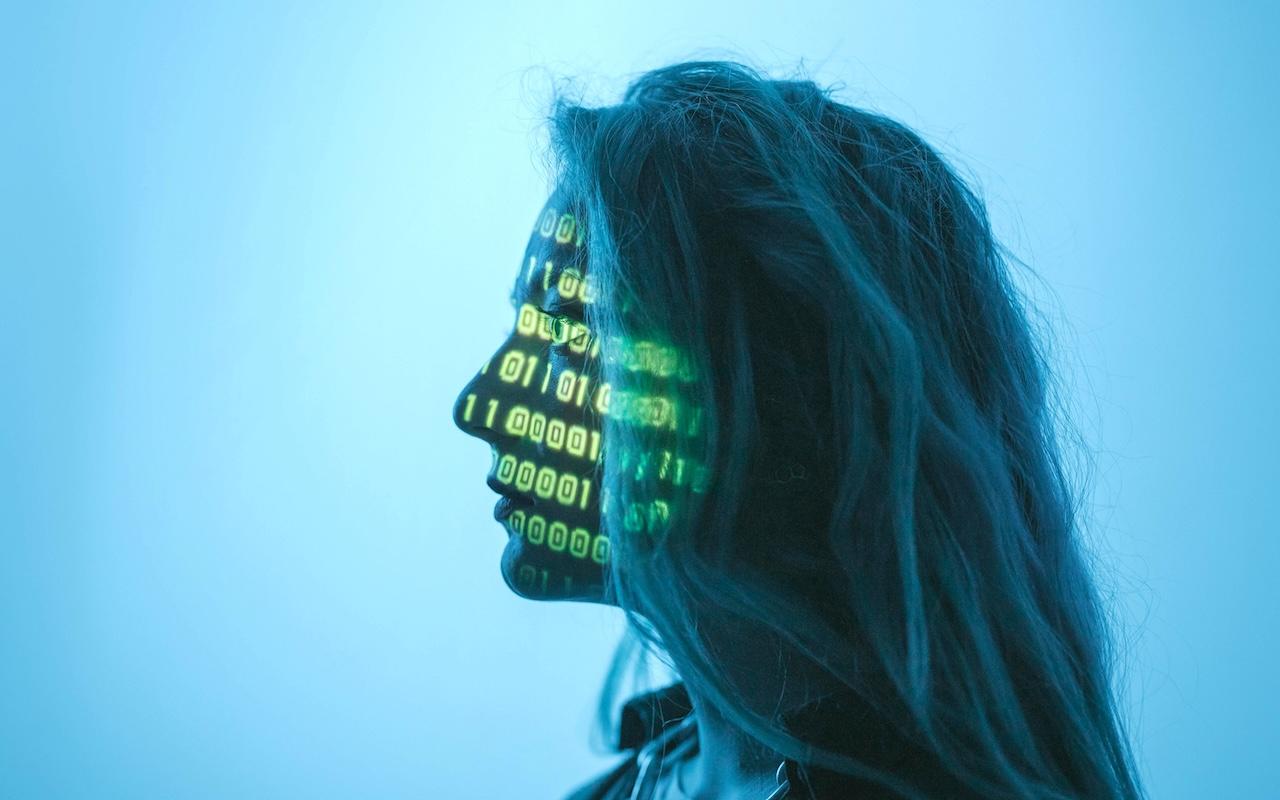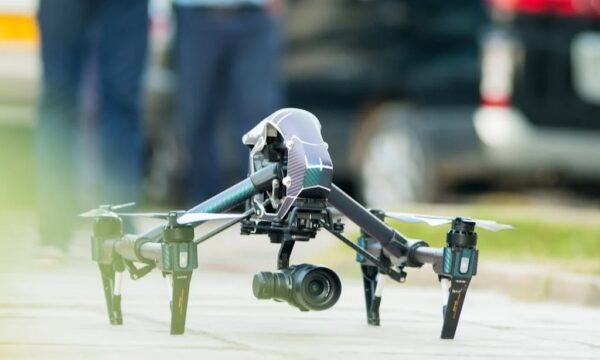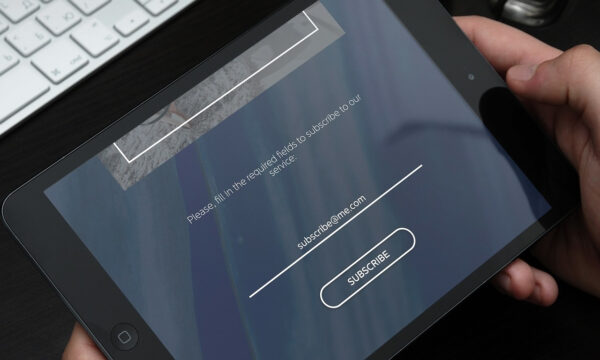How AI drives creative capacity in the age of digitisation

In today’s digital age, artificial intelligence (AI) tools are transforming the way people and businesses approach creative processes.
From designing advertising campaigns to writing film scripts, AI empowers creators to explore boundaries that once seemed unattainable.
This technological revolution has sparked a growing interest in program in AI and innovation, designed to train a new generation of professionals ready to lead in this field.
What once relied solely on human ingenuity is now augmented by technologies that open up new possibilities, redefining the boundaries of what we can imagine and create.
If you are interested in this topic and want to learn more about how AI is driving creative capacity, read on, this post is for you.
Four AI innovations that have boosted creative capacity in the world of work.
Creativity as human-machine collaboration
Far from replacing human creativity, AI is positioning itself as a tool that enhances it. Platforms for design, music, writing, and art are integrating advanced algorithms that allow creators to explore uncharted territory.
For example, tools like DALL E or Mid Journey generate images from textual descriptions, transforming vague ideas into detailed visual representations.
In the field of writing, applications such as ChatGPT help generate content quickly and efficiently, facilitating brainstorming or even refining literary styles.
This does not mean that machines take creative control, rather, they act as sparring partners pushing creators to achieve their full potential.
Innovation in content design and production
AI is also revolutionising how media content is produced. AI-powered video editing tools can automate tedious tasks like trimming clips, adjusting colours, or synchronising audio, freeing up time for the truly creative aspects of a project.
In marketing, AI analyses data to identify trends and personalise messages, enabling the creation of more relevant and effective campaigns. This adaptability allows creatives to focus on developing innovative concepts while the technology handles the technical details.
New horizons for the creative industries
The intersection of AI and creativity is generating new professions and opportunities. From designers collaborating with algorithms to ‘prompt engineers’ optimising interactions with AI, the future of creative work is shaping up as a space of human-machine synergy.
Moreover, AI democratises access to tools that were once exclusive. Today, anyone with an internet connection can create music, design a logo, or write a book with the support of these technologies, breaking down barriers and broadening the scope of creative talent.
Ethics and authenticity in AI-driven creativity
With these developments, important questions arise, such as: How far can AI go without compromising the authenticity of the work? How do we ensure that the use of these tools respects copyright and promotes originality?
The answer lies in viewing AI as an extension of the creator, not a substitute. Ethics in the use of these technologies must focus on keeping human intention at the heart of any project, ensuring that these tools enrich rather than replace the creative essence.
Artificial intelligence is redefining the creative landscape – not as a threat, but as an opportunity to multiply possibilities.
By collaborating with these tools, creators can dream bigger, experiment faster, and reach further. The key is to embrace technology as a powerful ally while recognising that the creative spark will always originate from the human mind.
The editorial unit
















Facebook
Twitter
Instagram
YouTube
RSS